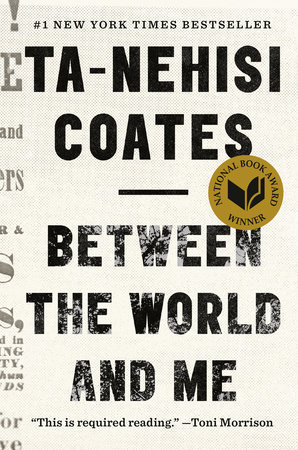Behind his blistering trumpet solos, revolutionary vocal improvising and exuberant stage persona, how did Louis Armstrong see himself? What was it like to be the first pop virtuoso of the recorded era-- the man whose earliest releases set the tone for America's love affair with modern black music, and who went on to become one of history's most famous entertainers?
Those questions aren't rhetorical. There's actually a deep well of resources on hand to help answer them. For his entire adult life, away from the spotlight, Armstrong amassed a huge trove of writings, recordings and artifacts. But until this month you would have had to travel far into central Queens to find them. Now anyone can access them. Thanks to a $3 million grant from the Fund II Foundation-- run by Robert F. Smith, the wealthiest African-American-- the Louis Armstrong House Museum has digitized the entire collection he left behind and made it available to the public at collections.louisarmstronghouse.org.
COMMENT
Ricky Riccardo, the archivist at the Louis Armstrong House Museum, makes it sound like the famous musician Louis Armstrong had a bit of librarian in him: "Posterity drove him to write manuscripts and are tapes and catalog everything," he says adding that Armstrong wanted to be in control of his own story.
Armstrong's single-focus collecting strategy is one that would be hard for librarians to follow yet it created an important archive well worth digitizing. If a library had, say, a Louis Armstrong special collection it probably wouldn't get a $3 million budget. There is always a kind of guessing game about how to spend the budget, and librarians sometimes guess wrong. It's much easier to look backwards in time to know what turned out to be important.
Still, the value of hyper-focused collections like this makes me wonder if libraries could create them deliberately. If I were Queen, I might give each librarian a "passion project" budget each year to spend on their own collection choices, whatever that happened to be. I think that the result would be worth the money. A diversity of obsessions represented on the shelves would inevitably improve the "long tail" information resource for all library users everywhere [1].
Digitization of this particular collection is a gift, but at the same time it's a little bit sad to think of the people who won't be making the pilgrimage into central Queens to stand in Armstrong's house and handle his things. Several library anecdotes [2] report a spooky sense of connection that comes from by handling objects from the past. I have yet to find a story that relates a similarly powerful experience from viewing an online image.
[1] Brunvand, Amy. "Missing Information and the Long Tail: How Distributed Collection Development Assures the Continued Relevance of Libraries.Against the Grain 18, no. 4 (2013): 10.
[2] [[there.]] ; Inside the List; etc...



